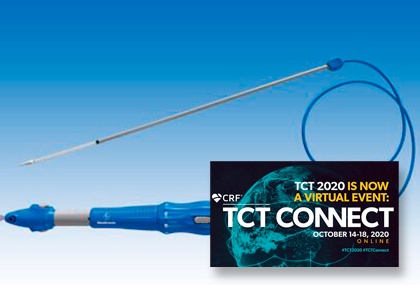The self-expanding Acurate Neo (Boston Scientific) did not meet non-inferiority vs. the self-expanding CoreValve Evolut (Medtronic) in the SCOPE 2 study published in Circulation simultaneously and presented at the virtual TCT 2020.

These are bad news for the Acurate Neo, that had already failed to show non-inferiority vs. the Sapien 3 in the SCOPE 1 (30-day followup) presented at last year’s TCT’s annual meeting.
This head to head study of two self-expanding supra-annular valves showed the already tested CoreValve Evolut is a better choice to treat aortic stenosis.
The primary end point of death or stroke at one year was 15.8% for patients receiving the Acurate Neo vs 13.9% for the CoreValve Evolut. With this difference, the Acurate Neo failed to reach non-inferiority. All-cause mortality resulted similar, but cardiac death resulted higher for the Boston valve.
Paravalvular failure moderate or severe at 30 days also resulted significantly higher with the Acurate Neo (10% vs 3%; p=0.002).
Read also: TCT 2020 | Crushed Prasugrel Administration prior PCI.
The SCOPE 2 was carried out in 23 high volume European centers and included 796 high surgical risk patients over 75.
The Acurate Neo would have the advantage of providing better future access to the coronaries and better definite pacemaker or left bundle branch block rates, but this must counterbalance a higher rate of aortic regurgitation vs. the two gold standard valves.
Boston is redesigning the device that presents an annular sealing that would adapt better to irregular calcified anatomies, reducing aortic regurgitation. Reducing paravalvular regurgitation could impact the observed mortality at 30 days and one year.
tct-SCOPE-2Original Title: Comparison of self-expanding bioprostheses for transcatheter aortic valve replacement in patients with symptomatic severe aortic stenosis: the SCOPE 2 randomized clinical trial.
Reference: Capodanno D et al. Circulation. 2020; Epub ahead of print y presentado simultáneamente en el congreso TCT 2020 virtual.
Subscribe to our weekly newsletter
Get the latest scientific articles on interventional cardiology





